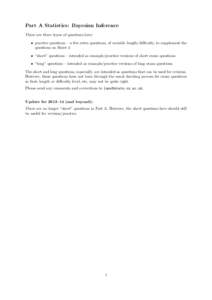1 | Add to Reading ListSource URL: www.stats.ox.ac.ukLanguage: English - Date: 2014-02-20 09:19:10
|
|---|
2 | Add to Reading ListSource URL: scsp.vse.czLanguage: English - Date: 2014-02-04 05:50:56
|
|---|
3 | Add to Reading ListSource URL: planning.cs.uiuc.eduLanguage: English - Date: 2012-04-20 17:07:06
|
|---|
4 | Add to Reading ListSource URL: planning.cs.uiuc.eduLanguage: English - Date: 2012-04-20 17:07:06
|
|---|
5 | Add to Reading ListSource URL: www.economics.illinois.eduLanguage: English - Date: 2013-10-16 15:09:55
|
|---|